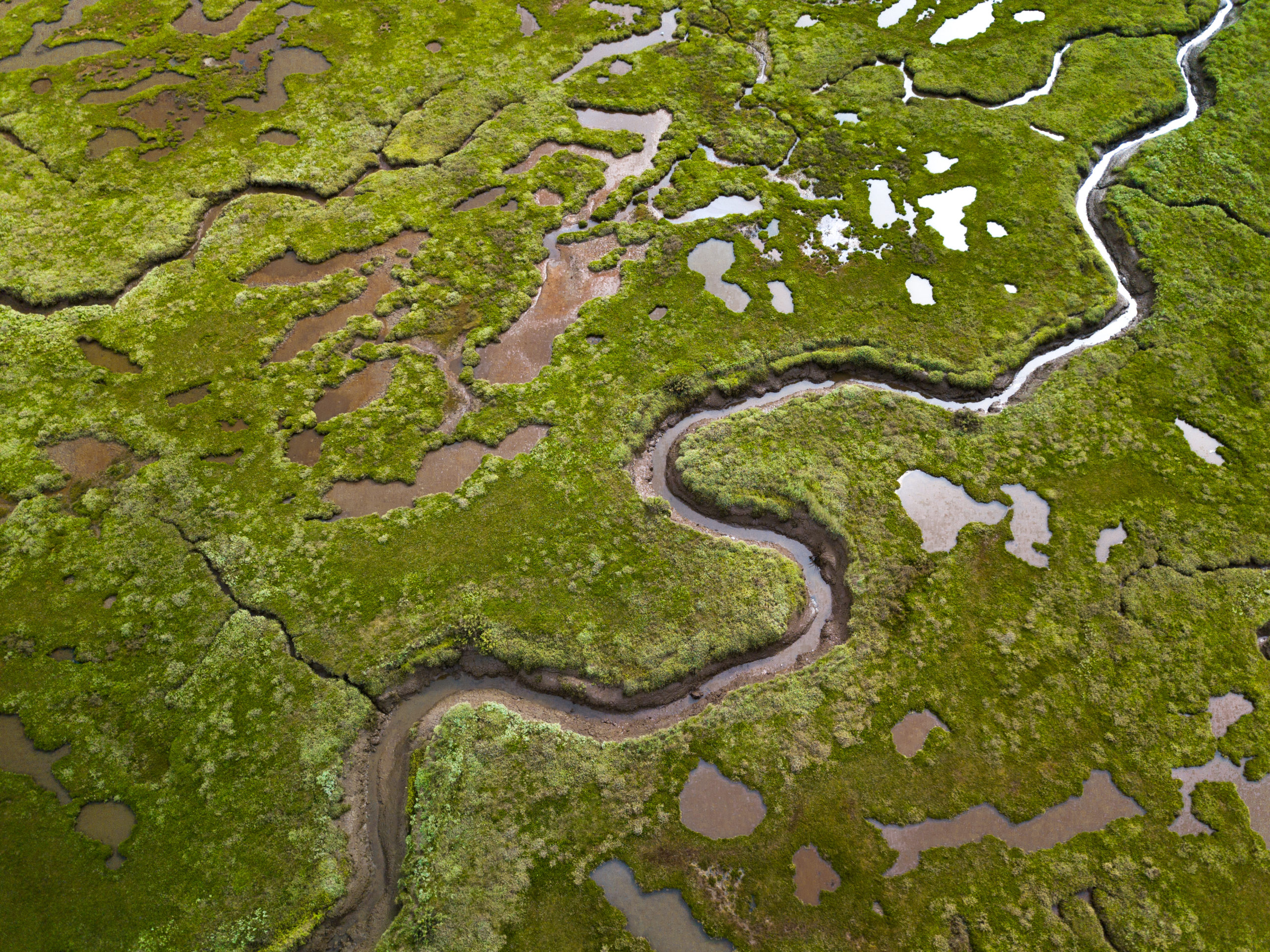Natural England Study on Impacts of UK Habitats on Carbon Storage Published
Natural England has today published a report outlining a major review of the impact of different UK habitats on carbon storage and sequestration.
Researchers found that peatlands and native woodlands are habitats which have the greatest capacity to store carbon, but many others, including coastal and marine habitats such as saltmarsh and sea grass meadows have a significant role to play a role in helping the UK hit net zero by 2050.
The report also highlights the importance of protecting traditionally managed habitats such as hedgerows, hay meadows, heathlands and old orchards as a way of preserving carbon stocks and wildlife that may have taken centuries to develop. Multiple benefits of protecting different habitats were also highlighted, for example, new native woodlands can support biodiversity at the same time as taking up carbon and saltmarshes can be highly effective carbon stores, as well as helping coasts adapt to future climate change.
This report is expected to help the government develop their upcoming tree strategy and work to guide the restoration of peatlands.
